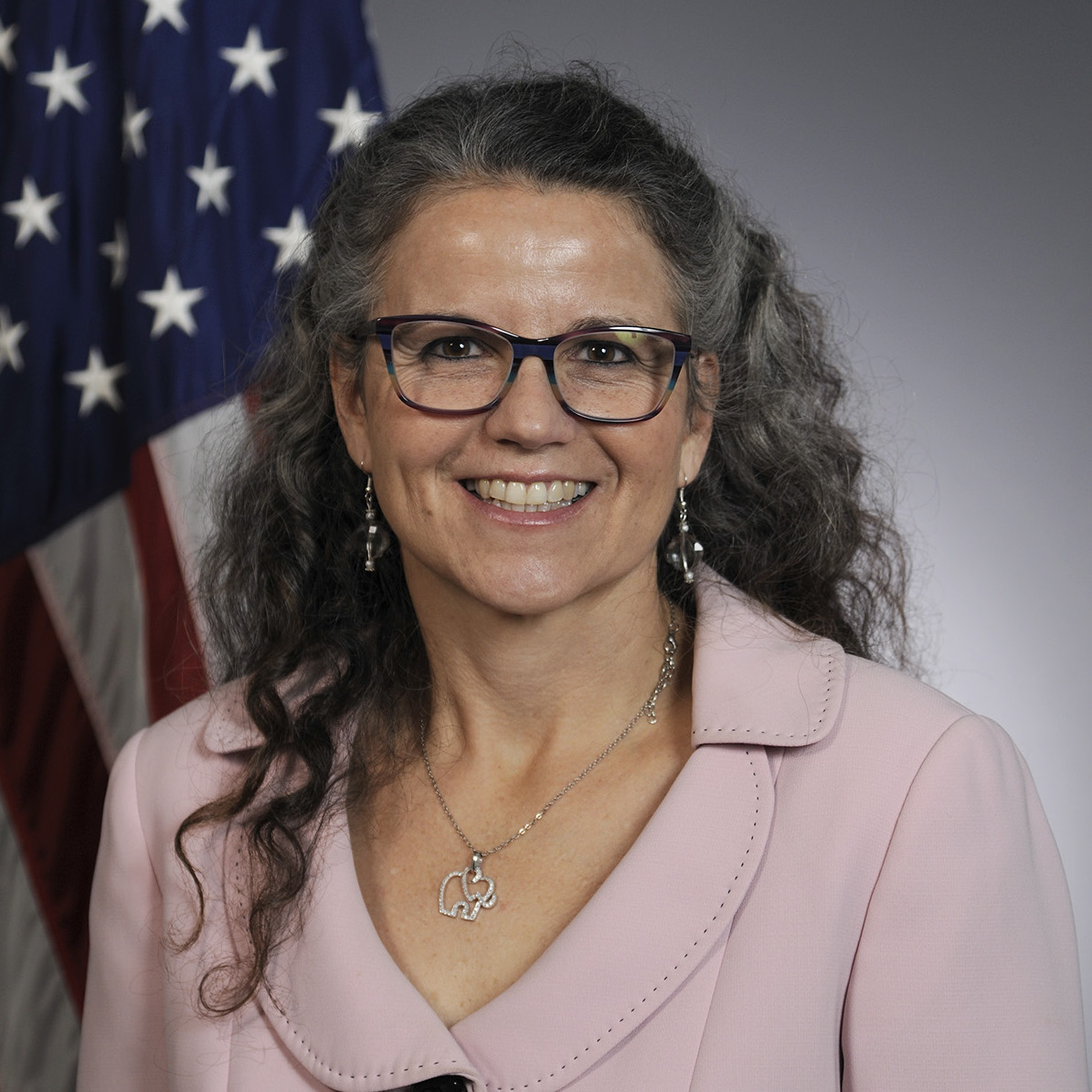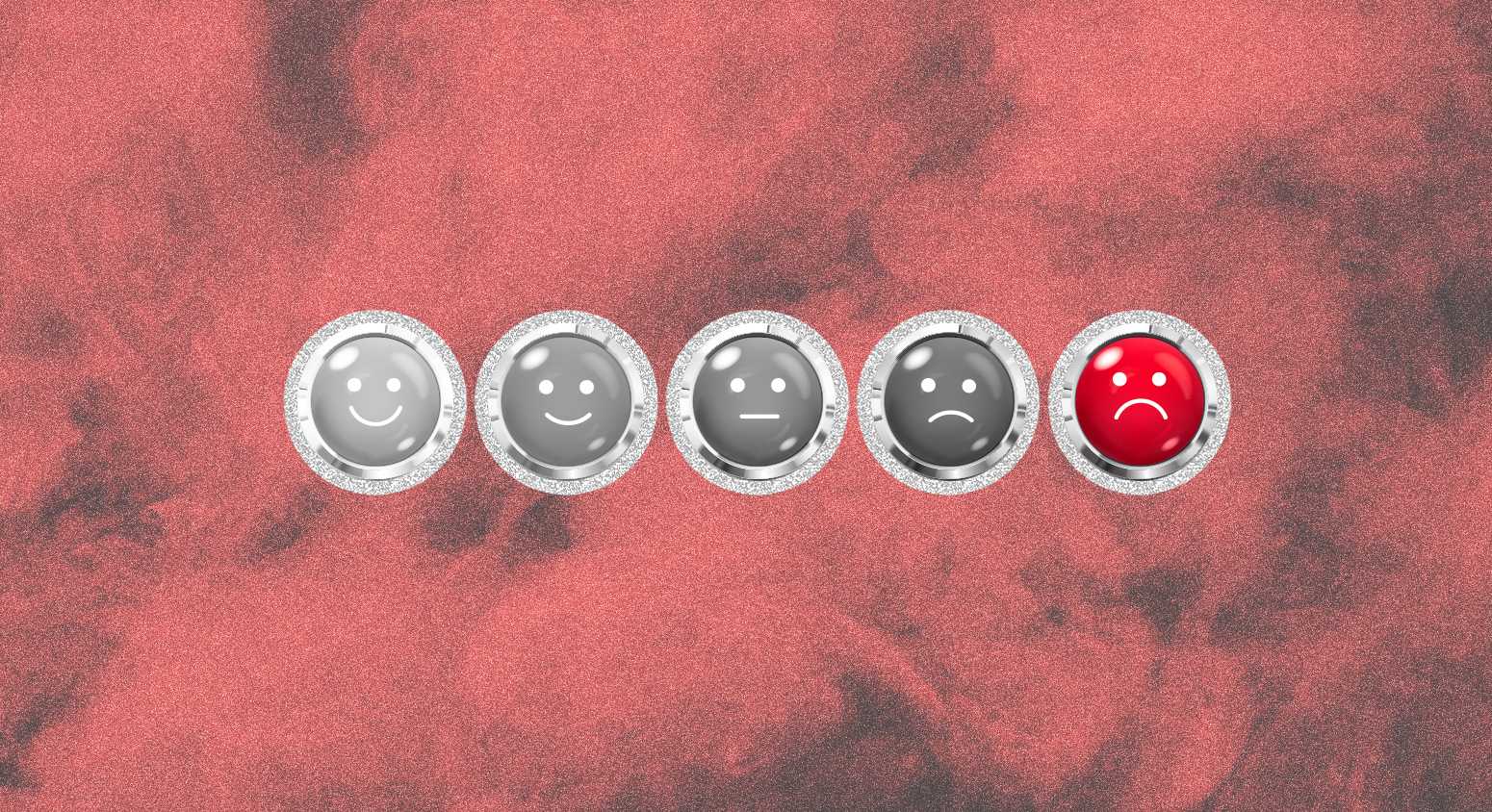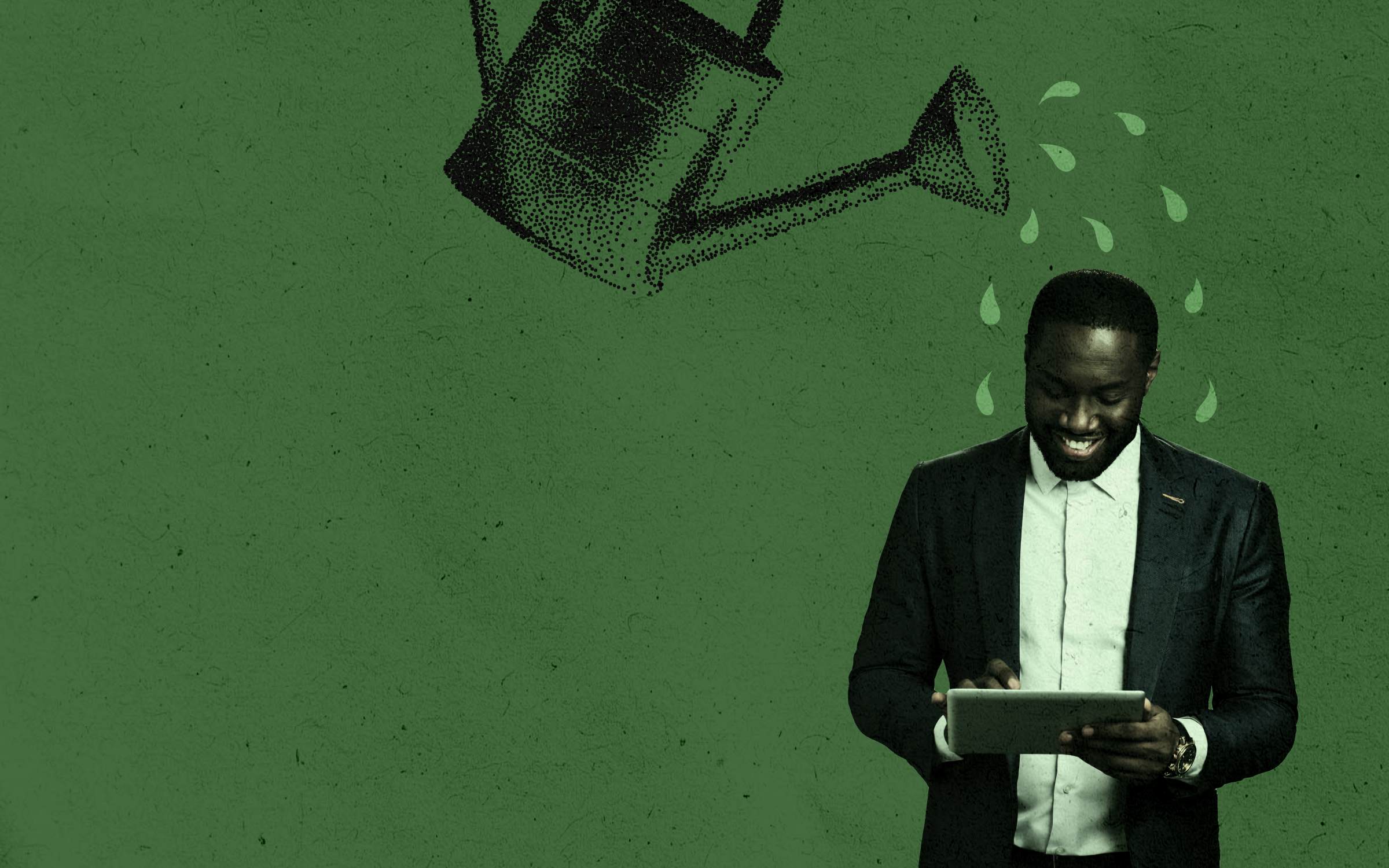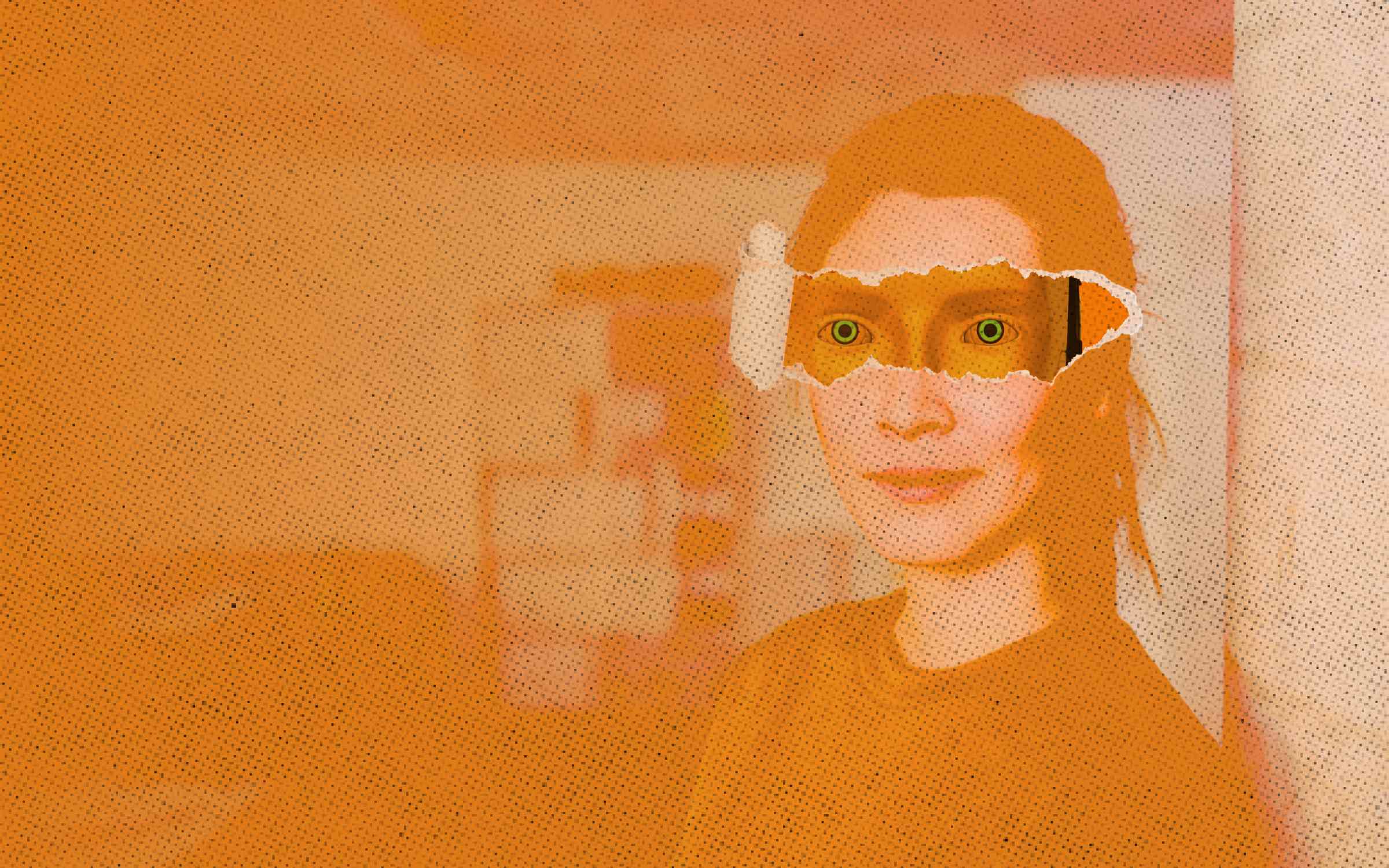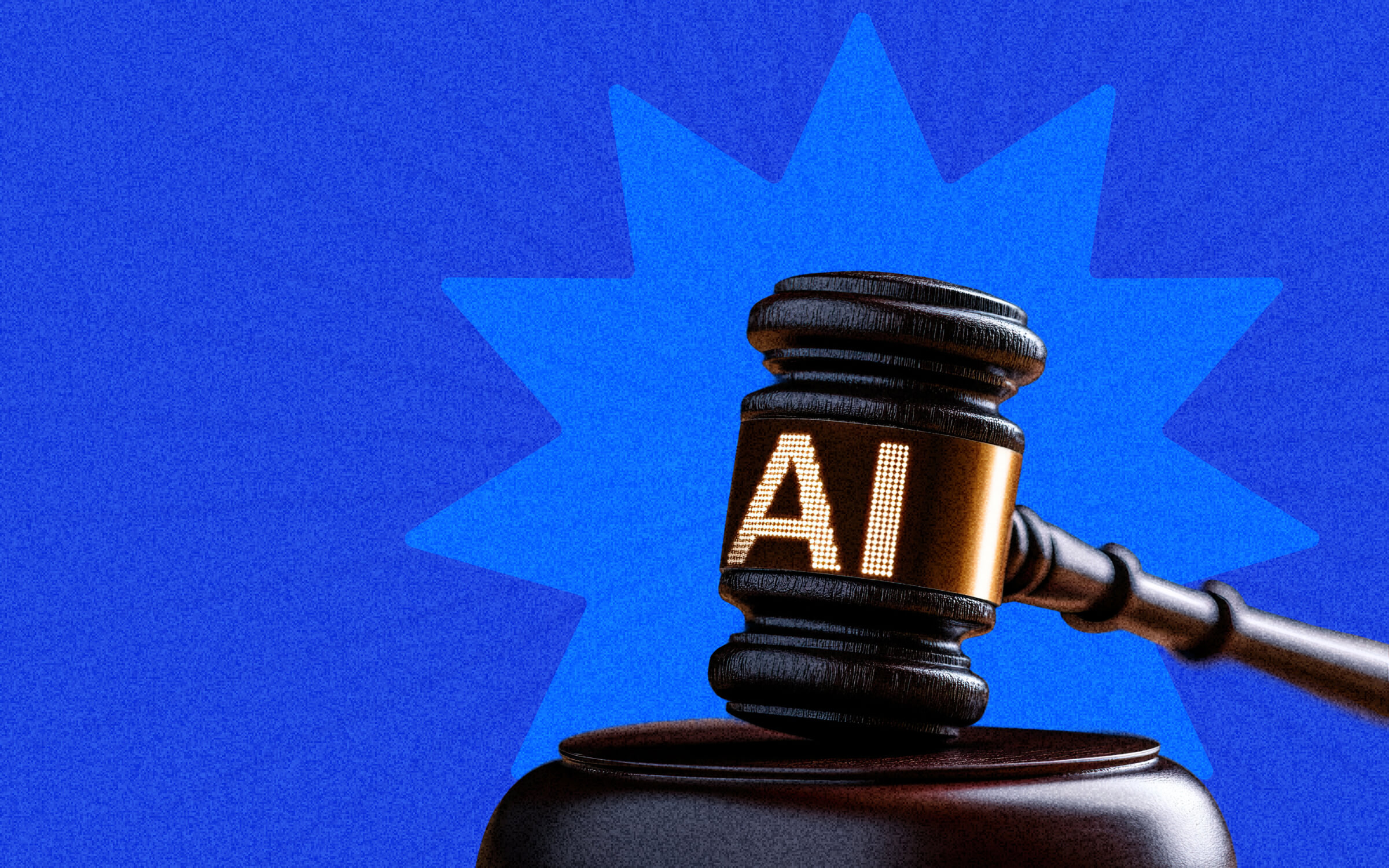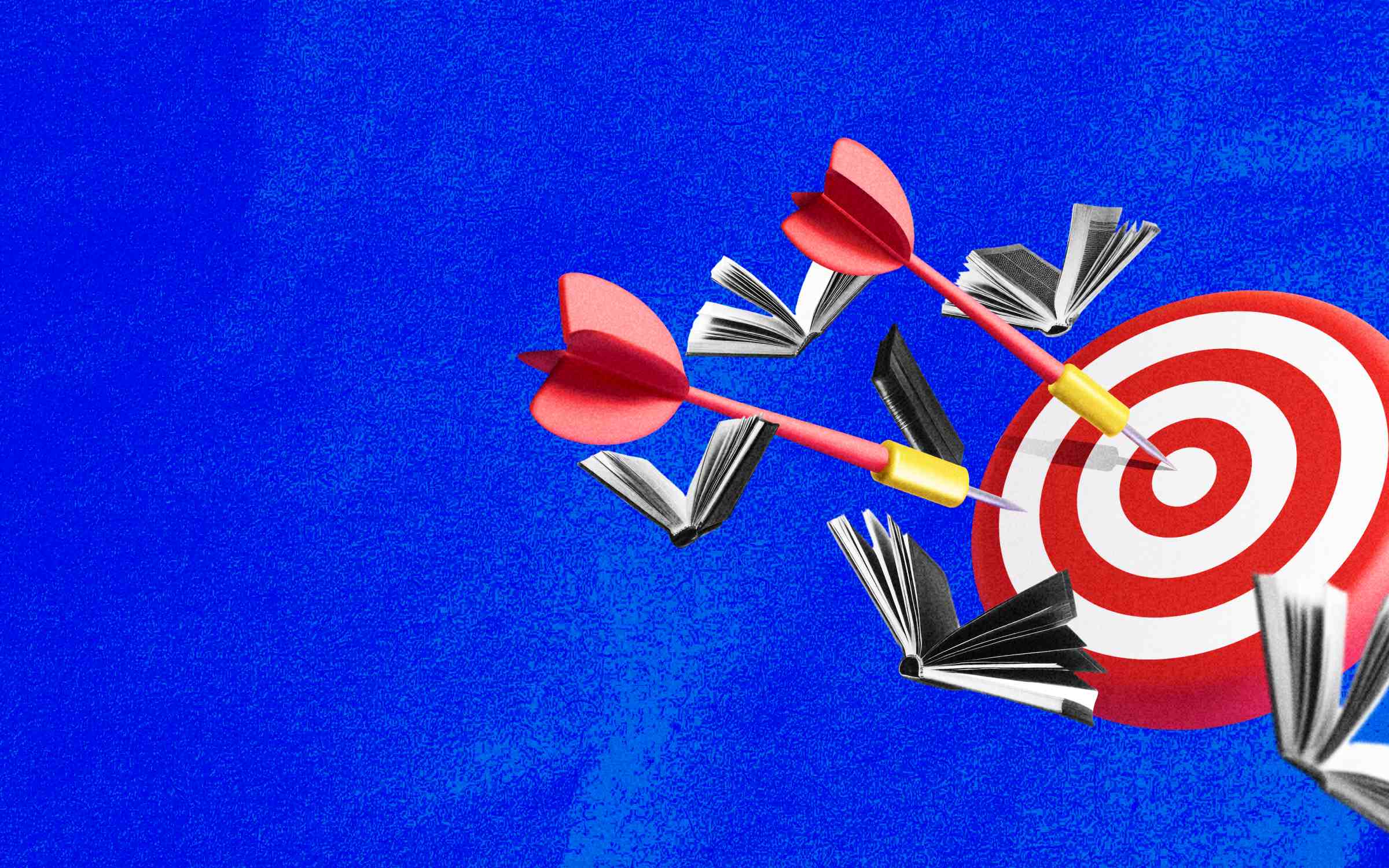Wendy Walsh, chief learning officer of the United States Air Force, has been a government employee for more than 30 years. Her career includes working for the Federal Emergency Management Agency (FEMA), the Naval Postgraduate School, and the State of California’s Sonoma Developmental Center.
Most recently, Walsh hosted the second annual Air Education and Training Command Learning Symposium, where more than 70 Air Force educators and professionals came together to exchange stories of their development journeys.
Senior Executive L&D spoke with Walsh about her experience leading learning and development at one of the top branches of the military and how her decades-long career prepared her for the feat.
Senior Executive Media: What long-term skills did your first government job as a psychiatric technician, then assistant to the executive director for the State of California’s Sonoma Developmental Center, equip you with?
Wendy Walsh: I was at a large state facility for people with different abilities. Some of the people there were in bodies that couldn’t speak, and some were in bodies that couldn’t eat through their mouths.
I think being with people who have different abilities and different bodies, [showed me to] look for the person, the personality, and take time to really notice people and what they can do and what they can teach you. I think that was one of the biggest gifts I got early in my career. I really take my time with people and look for what’s possible.
“As L&D leaders, it is critical to foster belonging. That can be done in noticing the possibility and gifts of people around us, connecting through listening and dialogue to actualize opportunities for contribution and growth, connecting tasks and learning to achieving the mission, and fostering a shared vision where we are inspired to continuously learn and improve our ability to contribute.”
– Wendy Walsh, CLO of the U.S. Air Force
It’s interesting, when I came to this job, one of the things I noticed early on was somebody will bring up an idea and the leader would say, ‘What problem are we trying to solve here?’ I heard it several times [and] it stuck in my mind. When we’re only looking for problems to solve, what possibilities don’t have space to be developed? I’m grateful that I really focus on the possibilities that people bring to the table.
Senior Executive Media: In your current role for the United States Air Force, what is the biggest challenge you’re facing as an L&D leader?
Wendy Walsh: I think the biggest challenge that I’m currently facing is how big this organization is. The Department of the Air Force is all of the officers, all of the enlisted people, the people in civilian clothes, the guardsmen who are working in the states, and the people who are reservists — almost 800,000 people. So really thinking about how do we optimize the learning of 800,000 people? How do we really give a sense of belonging to all of those airmen?
Belonging is a key attribute of motivation and collective action. As L&D leaders, it is critical to foster belonging. That can be done in noticing the possibility and gifts of people around us, connecting through listening and dialogue to actualize opportunities for contribution and growth, connecting tasks and learning to achieving the mission, and fostering a shared vision where we are inspired to continuously learn and improve our ability to contribute.
Another big issue is the Air Force recruits the very top tier of our nation. It is not easy to get into the Air Force. We have to be careful about perfectionism. There are airmen who are very much struggling in their hearts and minds because they want to be better than they currently are. And I wish I could tell every single airman that they are right on track and doing what needs to be done. Wake up each day, put your feet on the ground, and just go, ‘I’m going to do my best today.’
The airmen can be hard on themselves, and it really does hurt my heart [to see] the statistics that we have within the Air Force and across the nation for attempted suicides and suicide. We need to learn how to be together, how to have grace with ourselves and others, how to notice when people are not doing well, and really care for each other.
Senior Executive Media: What’s the most successful L&D initiative you’ve led at the United States Air Force (USAF)?
Wendy Walsh: The most successful L&D initiative I have led in the USAF is exploring the notion of learning engineering as a sense-making framework for Force development. Learning engineering is a human-centered, interdisciplinary, evidence- and competency-based approach.
The USAF has convened diverse, multidisciplinary teams to attend the American Education Research Association meeting and the Institute of Electrical and Electronics Engineers’ (IEEE) Industry Connections Industry Consortium on Learning Engineering (ICICLE) conference to discover how learning engineering might provide a shared vision to optimize Force development efforts.
Air Education and Training Command has also hosted symposiums to explore strengthening ties in our learning ecosystem and better understanding the value and opportunities of a strong, clear learning narrative. We are currently planning our next symposium to dive into the topic of competency learning implementation, creating spaces and opportunities for the learning enterprise to connect, collaborate, and actualize the learning network potential.
Senior Executive Media: If you’re trying a new L&D initiative that just doesn’t seem to be working, how do you know when to change course and try something new?
Wendy Walsh: I think it’s really important not to get too attached to things. That really minimizes our learning. When you have a singular desired outcome for something, you might miss all the little pieces along the way, and the clues that are telling you it’s not the right time, the right place, or it’s not the right groove right now … I also don’t do anything alone. I work together with people so that if we’re working on a project and it seems like it’s not working, we’ll stop and go, ‘Is this the wrong time for this? Is this the wrong route? Is this the wrong place? Do we need to wait a little bit longer? Is there a different pathway?’ Having that flexibility is really important.
We have certain lines of effort that we’re trying to bring to fruition. If we’re not able to meet the outcomes then I have to be able to communicate that so I really think communication is a key aspect — noticing when things are not vectoring the way you want, letting people know right away. I think we need to lead up, lead down, and across. When we’re working on things, we have to think about not just the one degree of separation, but the cascading impacts.
I’m operating in a military environment, and that can be challenging. I noticed it at FEMA as well. At FEMA, we were responding to loss of life and loss of property, so when you are out in the field and doing the job, you do sometimes have less flexibility. You have to do what you’ve been trained to do. You need to be able to follow those orders and have the hierarchy and the chain of command. Sometimes you get on that automatic pilot and then you apply it across the board … Both in military and in homeland security environments, we do have to be thoughtful that we’re not applying…the finite border that we have in the disaster [sector] and in warfighting responses … We have some more flexibility, and knowing when and where to do that, we do have to be cautious.
Senior Executive Media: Looking back at your tenure at FEMA, what were the initiatives that made the biggest impact?
Wendy Walsh: I was at FEMA for six years and in the first section of that, I worked as the higher education program manager. It was building a community of practice across nearly 600 universities worldwide.
I created a lot of opportunities for focus groups, and they had a structure for doing that before I even got there. I’ve been able to follow in the footsteps of amazing people who were different than me, so I could stand on the structures they had created and then bring my own flair and gift to the job.
I had the opportunity to work with the Native American community, their different tribes, and tribal schools, too. We had some firefighting curriculum, and some other curriculum, but we really didn’t have an emergency management curriculum in our tribal colleges. So, I was invited to host a focus group to talk about how we might create a culture of preparedness that was inclusive of the tribal communities.
It was hard because tribal communities, one, have not had a positive, healthy relationship with the federal government, even to this day. So, how do you come in, talk, and create a trusted environment when there is a mountain of mistrust? You have to be vulnerable, you have to be patient and kind, and you have to be authentic. We were able to create that culture of preparedness.
Then we met with First Nations to talk about how we create a space for [their] communities within the United States to also be respected and exchange learning about how to be resilient. Those communities have been on this land a long time and have seen how nature works, so how can we learn together?
Senior Executive Media: What’s the most important advice that you would give to an up-and-coming CLO that they can carry throughout their career?
Wendy Walsh: Always look for what people are doing when they’re doing what you want them to do. Spend less time focusing on when people are doing things you don’t want them to do. Of course, pay attention when things are happening that aren’t what you expect. Look at it, but from a place of love, kindness, and understanding. How can you understand what’s happening? Because generally, people want to do a good job. We want to make a difference in the world.
Create spaces for people to learn. They’re going to make mistakes at times. How do you make sure that they’re learning from that mistake and not devastated or traumatized by that? That’s really important for learning professionals to think about.
Looking for more insights from top learning and development leaders? Read these exclusive interviews by Senior Executive L&D.
